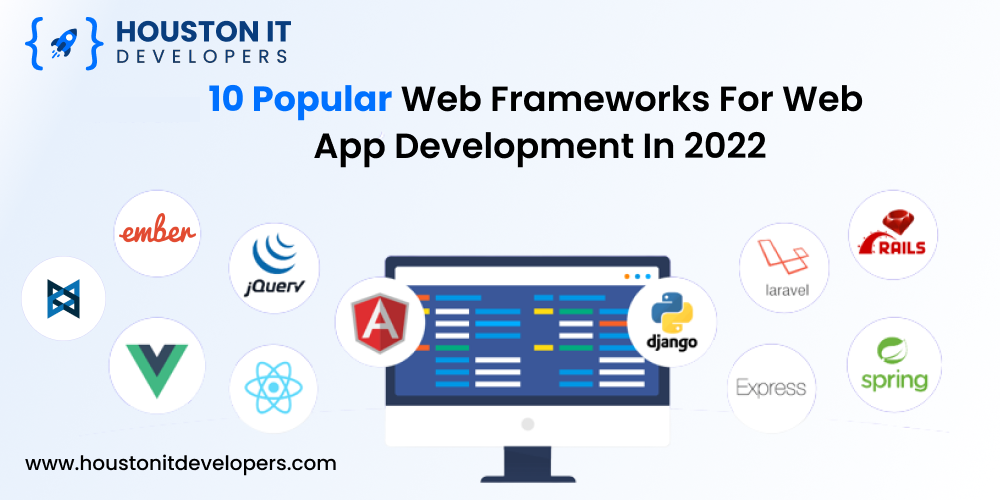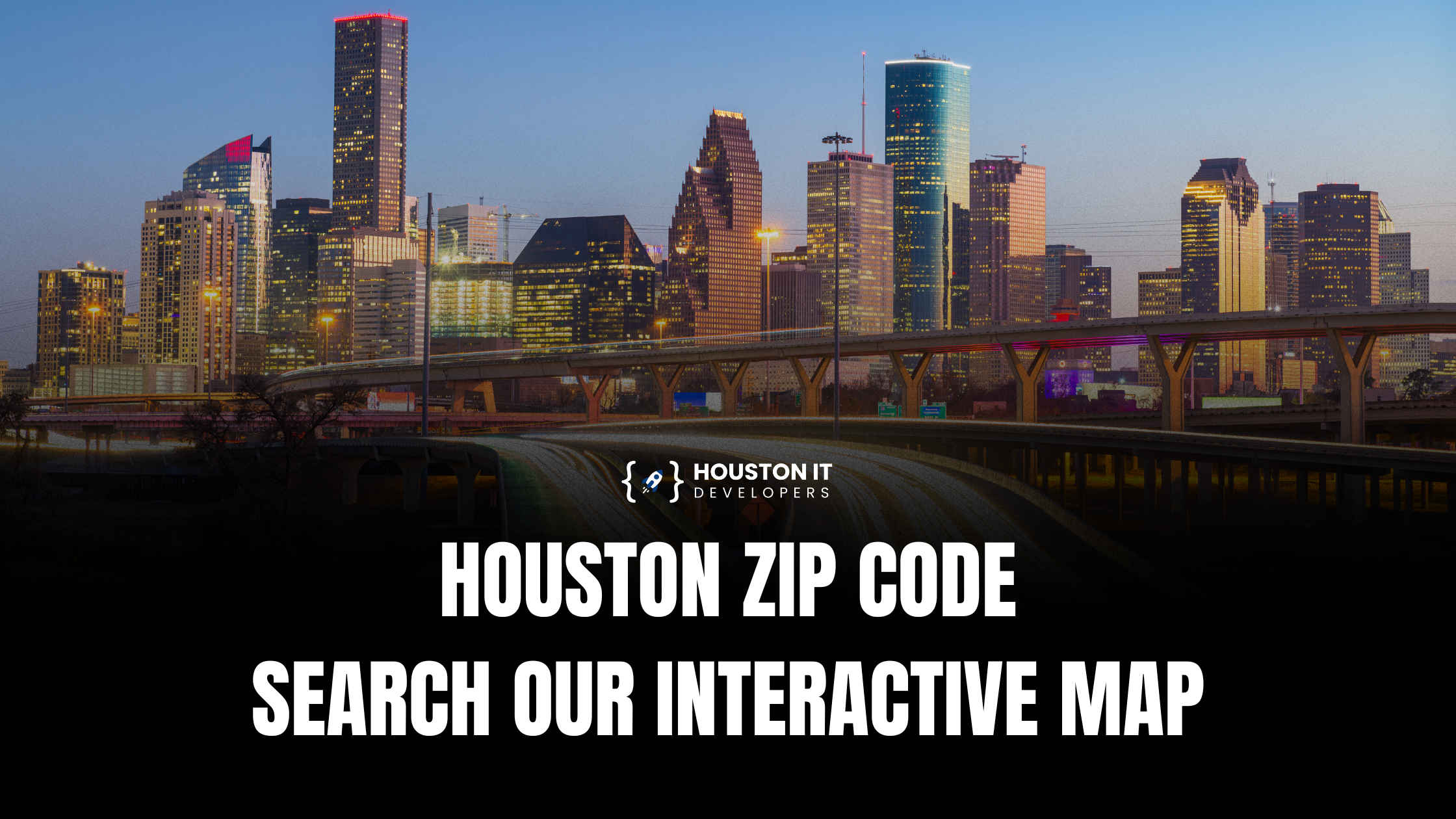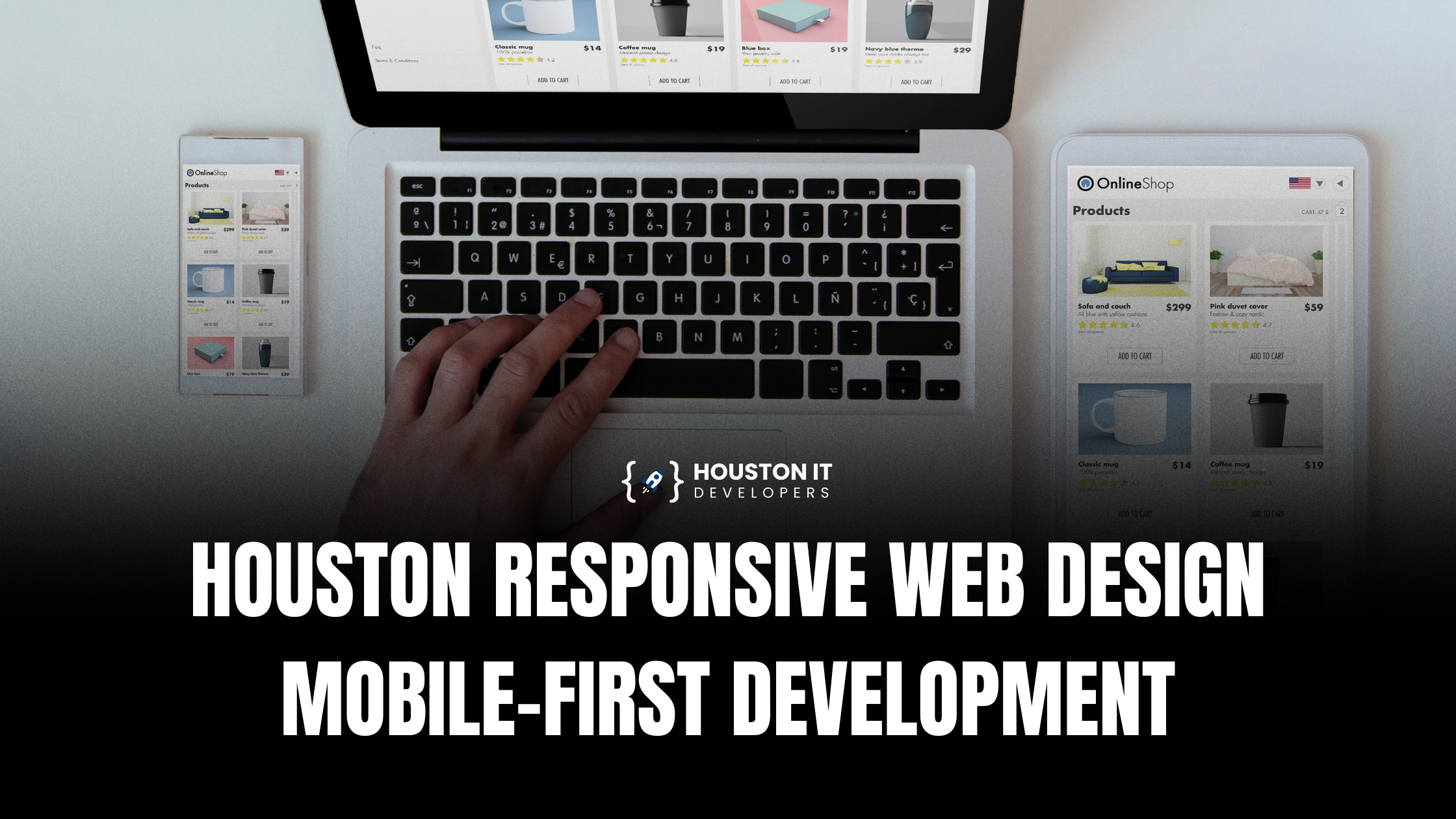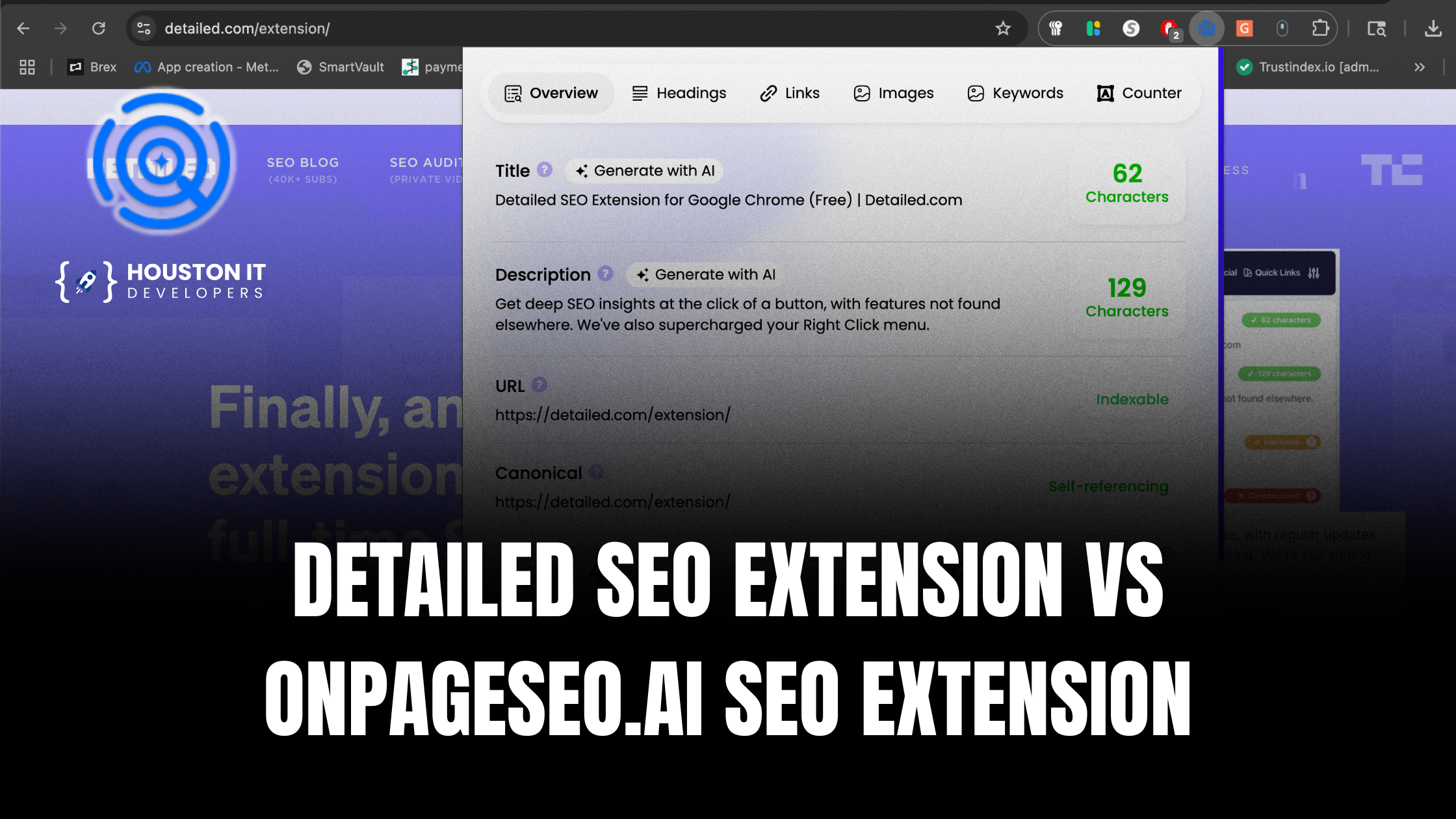Frameworks have become an integral aspect of web development services, as the complexity of the technology required for web applications continues to rise. It’s illogical to try to reinvent the wheel for such complicated tasks, even if you believe you can. As a result, building sophisticated and interactive online apps with frameworks backed by thousands of developers around the world is a highly practical approach. Because a web program has a backend (server-side) and a frontend (client-side), we cover both backend and frontend frameworks.
Frameworks for the Backend
Here are some of the most robust backend frameworks in 2022 that you might be interested in learning about:
Express
Express is swiftly becoming one of the most popular & finest frameworks for web development nowadays, thanks to the growing popularity of Node.js. Accenture, IBM, Uber, and a slew of other firms use it, and it’s interoperable with other frameworks like Kraken, Sails, and Loopback.
Express takes pride in being a quick, and agnostic framework. It provides some basic framework functionality without obscuring Node’s features, and it takes advantage of the asynchronous Node.js’s robust performance. It’s also quite versatile, as it can support both full apps and REST APIs. The lack of a standard way of doing things, at least for newcomers, is maybe Express’s worst shortcoming.
Django
Django is a web development framework based on Python and Model-View-Template. Big brands like Google, Youtube, and Instagram employ this structure. Django promotes its batteries-included feature, which is a collection of Django’s features such as authentication and messaging. It follows the DRY pattern and the Convention Over Configuration design principle. The security of Django is crucial. Django provides developers with tools and resources to help them build secure websites, or it incorporates security features into the framework itself, such as preventing code execution in the template layer.
Rails
Rails is a Model-View-Controller framework written in Ruby, it’s a well-liked framework among programmers. Airbnb, GitHub, Hulu, and Shopify are all big fans of Rails. Rail is a beginner-friendly framework, and the fact that its pros and drawbacks are debatable helps newbies get started with web development. Rails include a wealth of gems, which are library-like dependencies that improve the functionality of your app while also allowing you to develop it more quickly and efficiently. The Rails community is dependable and welcoming, and there are several courses, screencasts, and tools to help you become a rails expert quickly.
A disadvantage of Rails is that it requires a significant amount of effort to install and run in a production environment, and the learning curve is steep as you begin delving deeper into the framework to figure out what’s going on.
Laravel
Laravel is a PHP-based Model-View-Controller framework. PHP is one of the most used web programming languages, and it is quite new compared to the other frameworks on this list.
Laravel comes with API support out of the box, as well as a slew of packages to expand its capabilities. In terms of performance, Laravel pales in comparison to Django or Express. Many mobile app development services use Laravel.
Spring
Spring is a Model-View-Controller framework written in Java, the most widely used programming language. This framework is used by Wix, TicketMaster, and BillGuard, among others. Spring has several sibling projects that improve its performance and allow you to swiftly scale your business. The fact that it uses Java, a strongly typed language, is a big bonus for many web developers. However, if you don’t know Java, the learning curve may be rather severe.
Angular
Angular is a front-end framework for creating rich single-page apps. It’s a lively framework that can be used to create whole client-side applications, and there’s a lot to do and learn with it. Angular 1.x used Javascript, while later versions switched to Typescript, a Javascript superset. The main disadvantages of Angular are its size in comparison to other frameworks and the fact that it is not SEO friendly by default, but it may be optimized. Angular was created by Google, and it is used by Google, Microsoft, and Paypal.
React
Although React is a front-end library rather than a framework, many developers consider it to be one, and it is frequently compared as such. React was the first framework to adopt the component-based architecture that was later adopted by Angular and Vue, as well as many other frameworks. React’s virtual dom makes dom operations much faster, and because of its JSX syntax, it’s also reasonably easy to grasp. React is a client-side and server-side framework. Facebook invented and manages it, and both Facebook and Instagram make use of it.
Vue
Vue.js is the new rising star; it began as a side project and soon evolved into one of the most popular JS frameworks available. Vue has a lot of interesting features. To begin with, it’s a progressive framework, which means you can use Vue for a piece of an existing project and everything will function fine. Second, it incorporates component architecture, and the Vue ecosystem may assist you in developing comprehensive frontend applications. Some individuals are hesitant to use Vue since major corporations such as Facebook and Google do not support it, however, that is gradually changing as major corporations begin to invest in Vue.
Ember
Ember was chosen as the best Javascript framework in 2015. Today, the Ember community is massive, and it’s growing all the time, with new features and updates being released regularly. Ember has the same two-way data binding as Angular and comes with a lot of ready-to-use functionality and components. Google, Microsoft, Heroku, and Netflix are all big fans of this framework. Ember aims to boost developer productivity by either removing time-consuming processes or embedding some JS best practices into its core architecture.
Backbone
Backbone is a front-end framework for building rich single-page apps that is lightweight and easy to use. It follows the MVC principle and employs the MV* paradigm. Backbone has only one essential dependency, the Underscore library, and a robust ecosystem that allows you to build whole client-side programs using Mustache and Marionette.
Final words
We hope you’ve found our list of the most popular web frameworks to be helpful. Don’t be afraid to pick up a framework and start working on it; it will teach you how to do things, and you’ll discover a lot of similarities amongst frameworks, even within the same category. Remember that huge businesses are constantly relocating and experimenting with new technologies, thus there is no such thing as a dead end.
If you are searching for the one who can make your app with the finest framework, then no doubt you will end your search at Houston IT Developers.








